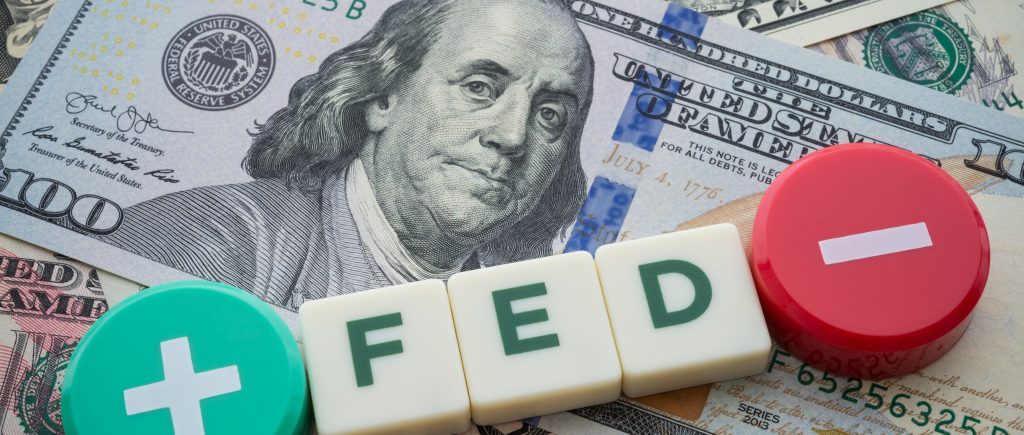The dollar index was down 1.025% at 105.26 at 3:15 p.m. The US dollar broadly fell on Wednesday following a cooler than expected US inflation reading for July that raised expectations of a less aggressive interest rate hike cycle than previously anticipated from the American central bank.
US consumer prices were unchanged on a monthly basis in July as the cost of gasoline plunged, delivering the first notable sign of relief for Americans who have watched inflation climb over the past two years.
Economists polled by Reuters had forecast a 0.2% rise in the monthly Consumer Price Index (CPI) on the heels of a roughly 20% drop in the cost of gasoline.
This is relatively good news for traders, as it was a pretty clear reaction and markets will probably see that there still should be some follow-through. The dollar was down 1.58% at 132.97 yen, with the US dollar briefly down as much as 2.3% against the Japanese currency, its biggest decline since March 2020.
In a backdrop where the market is becoming more content with FF (Fed funds) pricing, the yen’s worst days appear to be over. A broad 130-135 range may be the new normal. Fed has indicated that several monthly declines in CPI growth will be needed before it lets up on the aggressive monetary policy tightening it has delivered to tame inflation currently running at four-decade highs.
Still, traders of futures tied to the US central bank’s benchmark overnight interest rate responded to Wednesday’s inflation data by slashing bets that the Fed would enact a third straight 75-basis-point hike in September, and instead would opt for a half-percentage-point increase.
What is seen now is the market while enjoying the possibility of the Fed moving toward a less hawkish, not dovish, but slightly less hawkish stance. The euro climbed 0.83% to $1.0297, while sterling gained 1.16% to $1.22145, with both currencies on track for their best single-day performances since mid-June.
Minneapolis Fed President Neel Kashkari said that while the cooling in price pressures in July was welcome, the Fed is “far, far away from declaring victory” and needs to raise the policy rate much higher than its current 2.25%-2.50% range.
Chicago Fed President Charles Evans said inflation is still “unacceptably” high, and the Fed will likely need to lift its policy rate to 3.25%-3.50% this year and to 3.75%-4.00% by the end of next year.
 Noor Trends News, Technical Analysis, Educational Tools and Recommendations
Noor Trends News, Technical Analysis, Educational Tools and Recommendations





